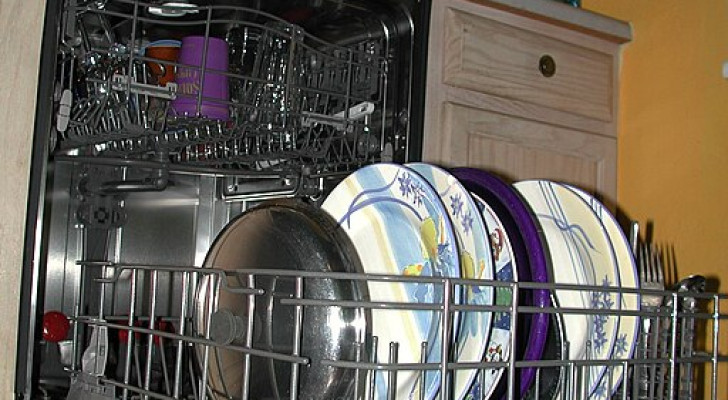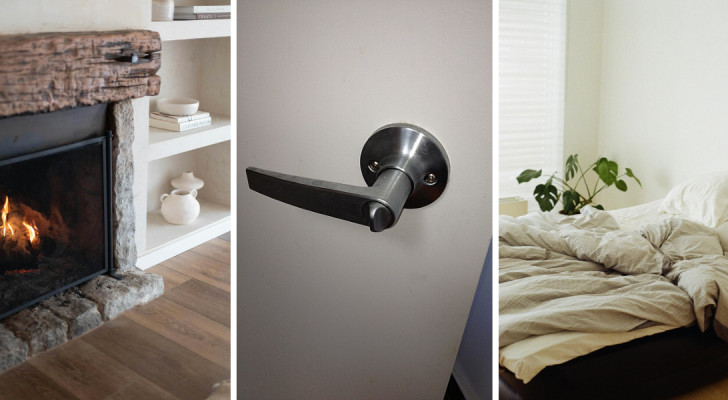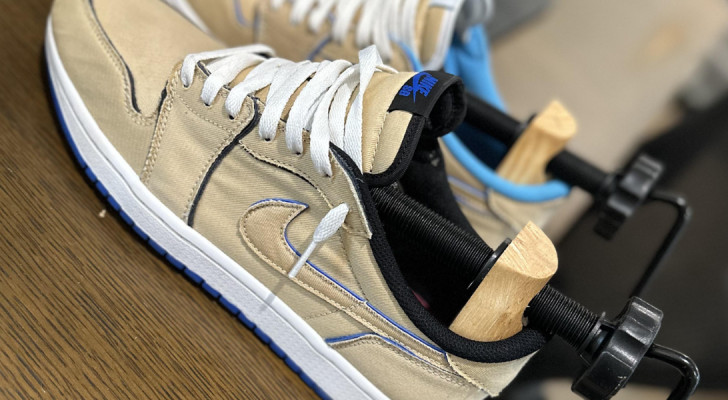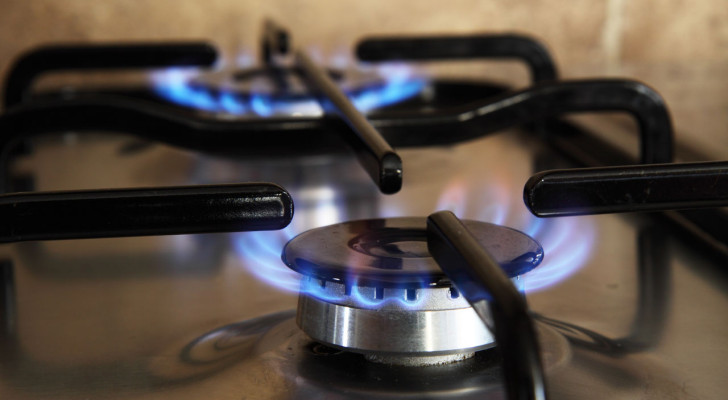Growing hydrangeas on the balcony: mistakes to avoid to ensure your plants thrive
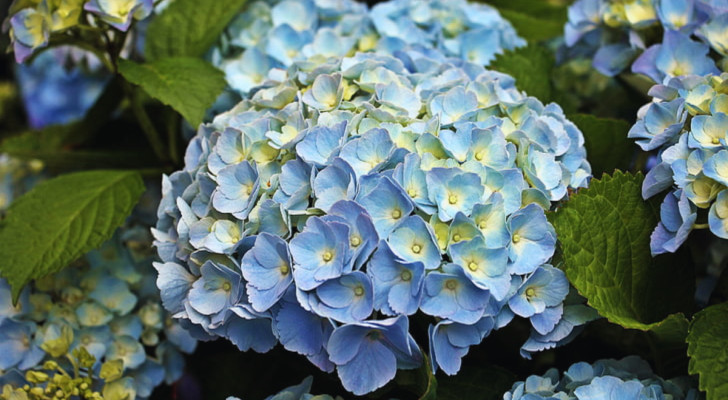
Fascinating and beautiful, the hydrangea is a plant native to Asia and can be found growing on balconies and in gardens all over the world. Robust, long-living and incredibly attractive, hydrangeas bloom from late spring and throughout the summer season. And although they require a lot of space to grow and thrive, hydrangeas can also easily adapt to growing in pots.
So, what are the most common cultivation mistakes owners of hydrangeas make? Well, check out this guide:
Exposure and watering
The first major mistakes to avoid when growing hydrangeas in pots concerns their exposure to sunlight and their watering needs; although hydrangeas adapt easily to cultivation in a pot, they do have specific needs that must be taken care of:
- Pay attention to the light and heat the plant receives: hydrangeas prefer shaded locations and should be exposed to direct sunlight only for a few hours a day - preferably in the early hours of the morning. Ensure your hydrangeas are shaded during the hottest hours of the day.
- The right pot: ambient temperatures can get high on balconies, with the flooring and walls absorbing heat. Given this, it is best to avoid using pots made of plastic or poor-quality resin, and rather opt for terracotta or ceramic pots. That said, these pots can also have their drawbacks: when they are of top quality, they are also very heavy (which could become a problem on the balcony); in winter, these pots are more prone developing cracks due to the cold. The best advice is to use these pots for adult hydrangeas in regions that do not have harsh winters. Otherwise, rather go for using high-quality plastic or resin pots. Of course, these will heat up more quickly and will therefore need to be checked often. Additionally, they should have drainage holes to compensate for the lack of natural transpiration that occurs when using the more porous terracotta and ceramic pots.
- Watering mistakes: especially in summer, it is important to remember to water your hydrangeas generously -particularly in the morning or evening. A less frequent, but thorough watering is better for the plant's roots than frequent, parsimonious/shallow watering. Be careful not to wet the leaves to avoid the risk of fungal diseases developing. Finally, do not waterlog the soil, as hydrangeas cannot tolerate stagnant water.
- Under-pot saucers: the heat on the balconies in summer makes it necessary to use under-pot saucers to collect the water that drains from the pot itself in order to preserve humid conditions for the plant for longer. These saucers should be removed as soon as the temperatures drop and the water is no longer evaporating away as quickly.
Other common mistakes made when growing hydrangeas in pots.
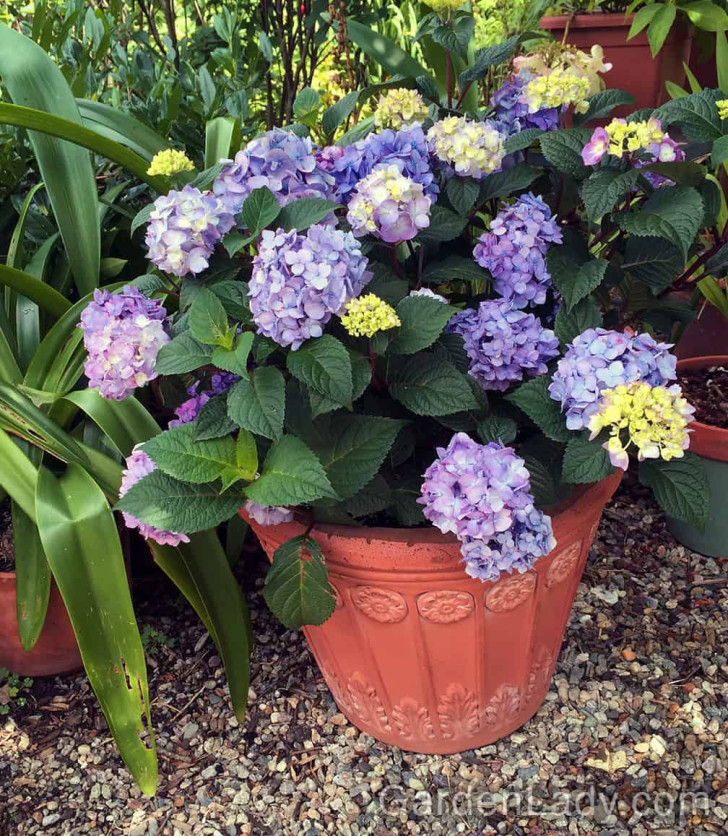
There are several other mistakes people make when growing hydrangeas in pots:
- Sowing: in order to grow healthy hydrangeas, it is necessary to sow them at the right time: the beginning of September is the best time to ensure the seedlings develop healthy, strong root systems. That said, you can also sow hydrangeas in winter, provided the ground is not frozen and there is not risk of "snap" frosts.
- Pruning is also important to ensure your hydrangeas thrive and must be carried out after their flowering period. Remove withered flowers and dry or weakened branches. Pruning ensures new growth is stimulated.
- A few last tips: remember that hydrangeas prefer to grow outdoors, rather than indoors; repot your plant immediately after purchasing it to ensure it has the space necessary for its roots to grow; if you buy a hydrangea that is in bloom during the summertime (and the pot still has enough space to last a few more months), wait until the end of summer to repot you plant.
Thanks to these tips, your hydrangeas will thrive, even on your balcony!
